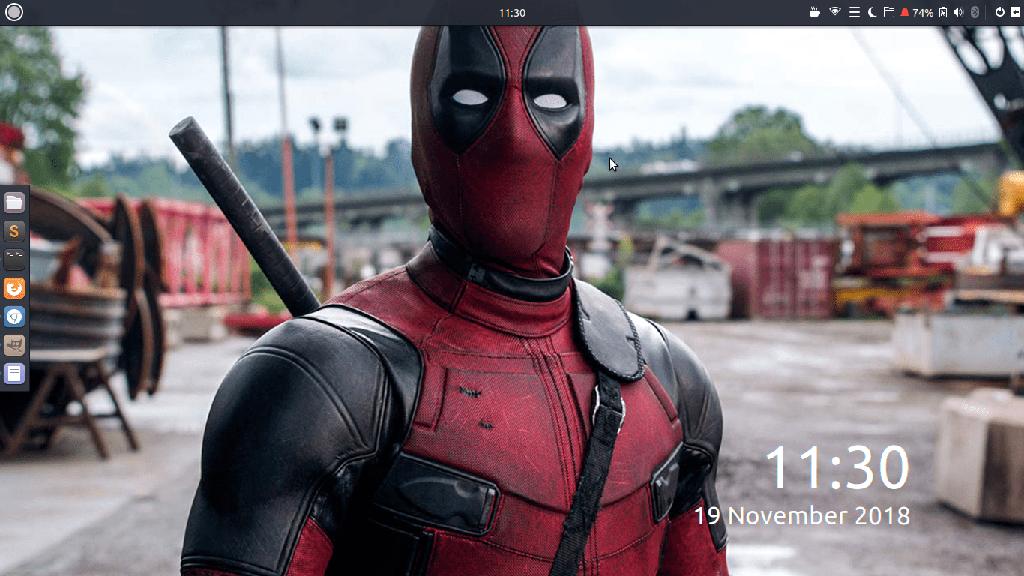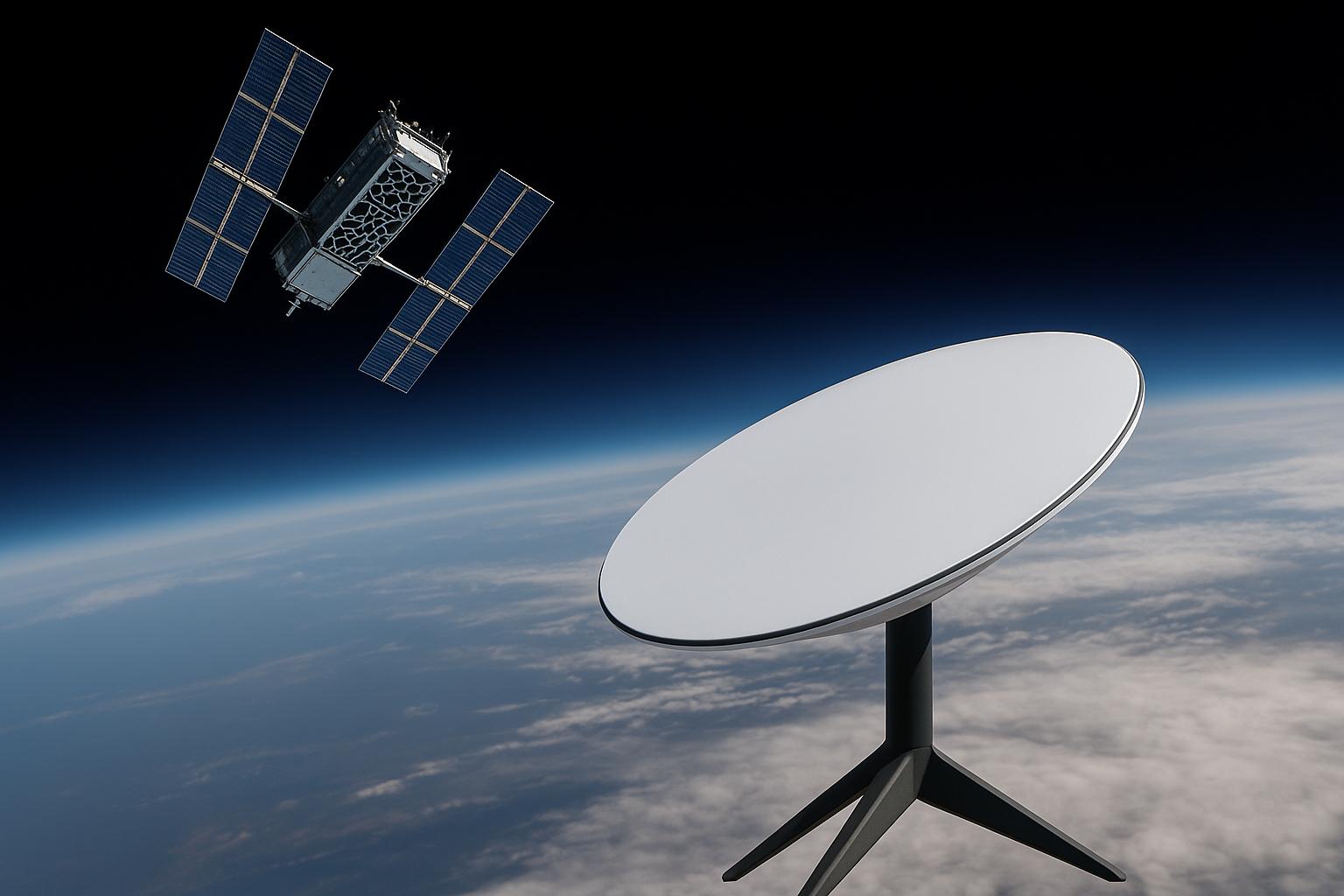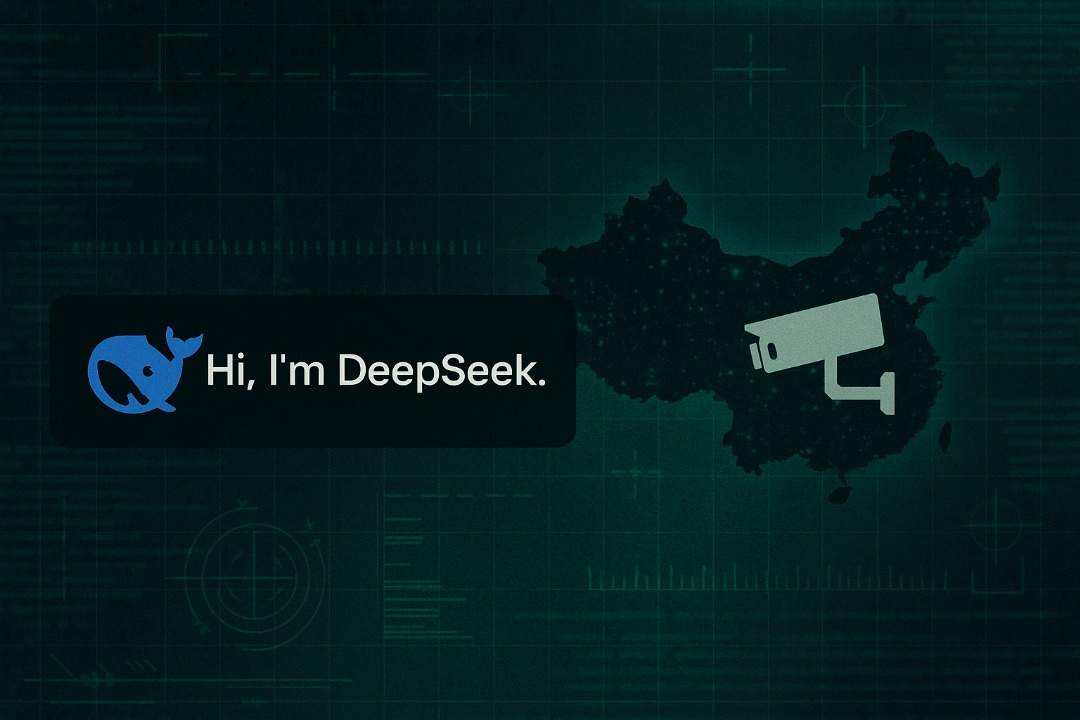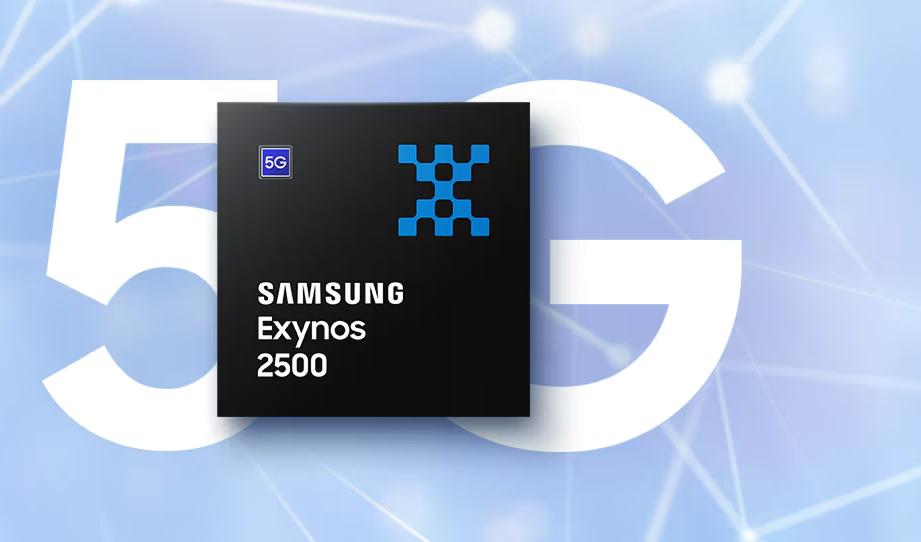Over a year ago I wrote a guide on how you could tweak and tune your Intel graphics card in Ubuntu and hopefully a lot of people were able to get a better experience out of it. The article has a surprising popular hit and to this day scores of people still visit the page for advice. That could actually be a bad thing …
Beware of old advice
In the computing world things move at a brisk pace. To appeal to business users and conservative types like me Ubuntu releases the Long Term Support (LTS) versions of Ubuntu the latest of which is Ubuntu 18.04 which came out early this year. Ubuntu 16.04 for which I wrote the guide, is the LTS version prior to 18.04.
It’s a little bit late to say this now but Ubuntu 18.04 came with a lot of changes including the infamous switchback to GNOME and the subsequent death of Unity. Another not so famous change was the fact that Intel drivers now ship with the kernel. This is not an Ubuntu specific change per se which explains why it was more of a footnote and not a headline in the Ubuntu world.
What does this mean?
So back in 2016 Intel had its own graphics tool that you had to download. Running this tool would enable you to download and install the official Intel drivers for your card. To take advantage of these you also had to disable secure boot. That was all doable but annoying.
Now to be clear in 18.04 the Intel iGPU driver is already built into the Linux kernel. You don’t have to do anything special unless you have extremely new hardware, or very old hardware. There are configuration files you may have to setup for issues such as screen tearing. We covered these in the referenced guide.
A message for those on Kaby lake and newer
As has already been pointed out above if you are using a laptop you bought a couple of years ago, expect it to work without you rolling your sleeve. However if you are on Kaby Lake (2015 micro-architecture) or newer you might run into problems in which case you might need to bring out your ninja skills to the fore. Instructions on how to fix missing firmware errors can be found here.
Basically all you need to do is to download the requisite firmware. Usually the error you are encountering will tell you exactly what is missing. Once you know you can download the corresponding files from the kernel website here. Then copy the files to /lib/firmware/i915 and that should fix the error. If you machine is extremely new you might want to hold off on installing Ubuntu on it. Using Windows never killed anyone.













Comments
4 responses
The Intel Driver has always been in the Kernel
Inini zvangu handisati ndambopinda mudambudziko nemacomputer ese andakaisa Ubuntu. 2nd Gen Core i5(Lenovo ThinkPad) yakamhanya Ubuntu 14.04 pasina kukundikana. SkyLake(MSI Cx62) runs 16.04 like a dream, 17 then 18.04. Kaby Lake manje, hakana kumbondishungurudza, ndakainstaller Linux Mint 18.1 — inozvarwa muUbuntu 16.04 — asi hapana kana pamwe chete patakapokana. Madrivers ese anosevenza. Ndini ndega here? Kana kuti vanezvimwe zvavanoita zvinoita kuti vasawirirana nanaFirmware ava
I’m not a fan of Ubuntu, I’m prefer Fedora Workstation hangu because I’m a developer and it makes life easier straight from installation but I really appreciate such topics on your blog
Kana neni ndinofara nemaposts aya paTechzim, asi, vakomana ava ngavatange vaita research yematopics aya. Hatifaniri kungonamira pachidziro nezvimwe zvatisinganzwisise.